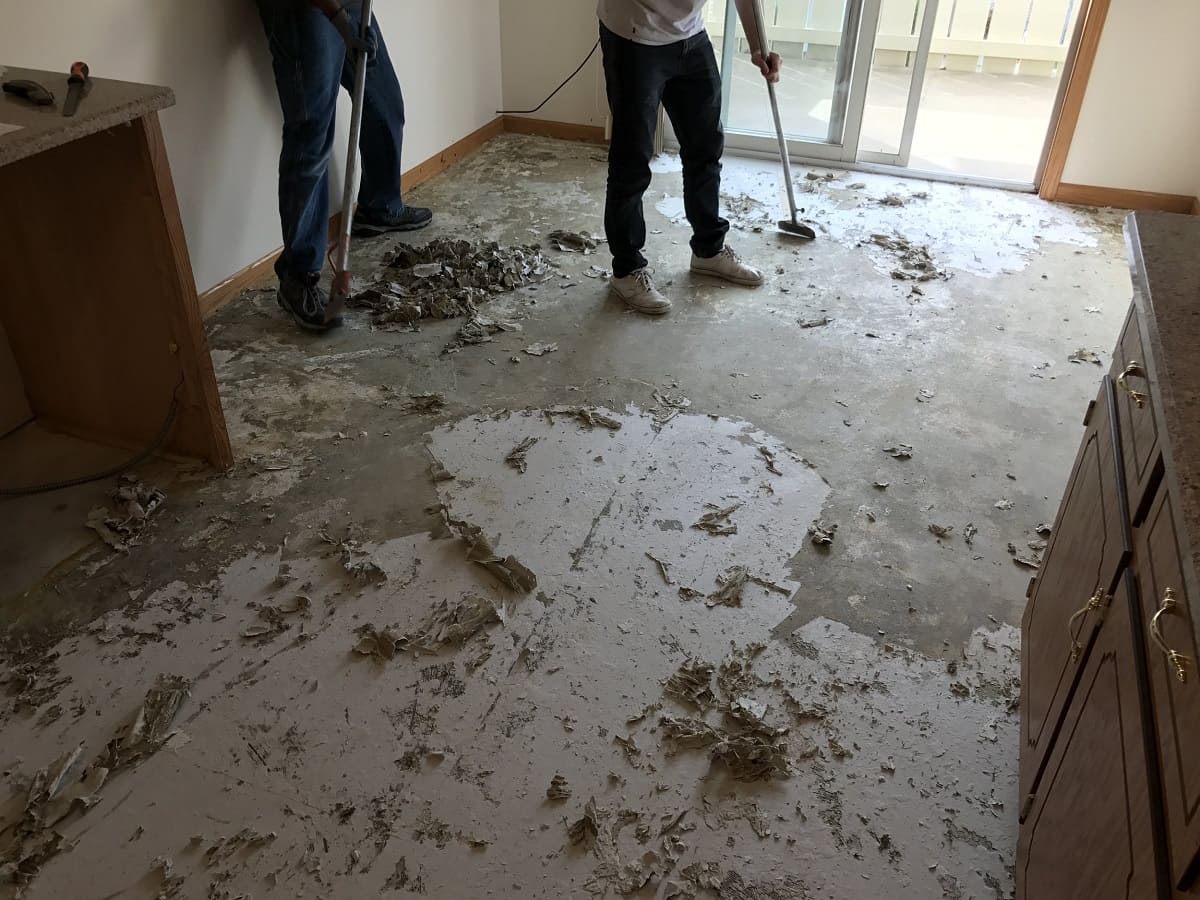

Articles
How To Get Glue Off Floor
Modified: December 7, 2023
Discover effective ways to remove glue from your floor with these helpful articles. Say goodbye to sticky messes and restore your floor's pristine condition.
(Many of the links in this article redirect to a specific reviewed product. Your purchase of these products through affiliate links helps to generate commission for Storables.com, at no extra cost. Learn more)
Introduction
Dealing with glue residue on your flooring can be a challenging and frustrating task. Whether it’s from a DIY project gone wrong, a sticker that left a sticky residue, or a spill that hardened over time, finding a solution to remove glue from your floor is essential to maintaining its appearance and prolonging its lifespan.
Fortunately, there are several methods available that can effectively remove glue from different types of flooring surfaces. From using heat to applying solvents or utilizing natural removers, each approach has its own benefits and considerations. In this article, we will explore these methods in detail and provide you with practical tips for removing glue from your floor.
Before we dive into the specific methods, it’s important to note that the best approach for removing glue will depend on the type of flooring you have. Different flooring materials, such as hardwood, tile, laminate, or vinyl, may require different techniques to avoid causing damage. It is always advisable to test any method in a small, inconspicuous area first, and to follow the manufacturer’s recommendations for your specific flooring type.
Now, let’s delve into the various methods you can use to effectively get glue off your floor.
Key Takeaways:
- Removing glue from flooring requires caution and consideration of the type of adhesive and flooring material. Methods such as using heat, solvents, natural removers, scraping, and freezing offer effective solutions for different situations.
- Prioritize safety when removing glue by ensuring proper ventilation, using protective gear, testing methods in a small area, and seeking professional help if needed. With patience and the right approach, you can successfully restore your flooring to its glue-free state.
Read more: How To Get Tile Glue Off Floor
Methods for Removing Glue from Flooring
When it comes to removing glue from flooring, there are several techniques you can use depending on the type of adhesive and the flooring material. Here are five common methods that have been found to be effective:
- Using Heat: One method for removing glue from flooring is by applying heat. This is particularly useful for glue that has hardened and dried. You can use a hairdryer or a heat gun to gently warm the glue, making it softer and easier to scrape off. Be cautious not to overheat the area as it may cause damage to certain types of flooring.
- Applying Solvents: Another effective method is using solvents to dissolve the glue. Different solvents can be used depending on the type of glue and the flooring material. For example, rubbing alcohol or acetone can be used for removing adhesive residue from hardwood floors, while citrus-based solvents are suitable for laminate or vinyl flooring. Apply the solvent to a cloth or sponge and gently rub the affected area, allowing the glue to dissolve. Wipe away any residue with a clean cloth.
- Utilizing Natural Removers: If you’re looking for a more eco-friendly option, there are natural removers that can help remove glue from flooring. One such option is using a mixture of baking soda and coconut oil. Simply create a paste by mixing the two ingredients and apply it to the glue. Let it sit for a few minutes, then gently scrub the area with a soft brush or cloth. Rinse with water and wipe dry. Vinegar and warm water solution can also be effective for removing glue from some types of flooring.
- Scraping or Peeling the Glue Off: In cases where the glue is relatively easy to remove and not too stubborn, you can use a scraper or putty knife to gently scrape or peel the glue off the flooring surface. This method works well for larger glue spills or when dealing with softer adhesives.
- Freezing the Glue: For certain types of glue and flooring materials, freezing the glue can be an effective method. Place ice packs or ice cubes wrapped in a plastic bag on the glued area, and let them sit for some time until the glue becomes brittle. Once the glue hardens, gently scrape it off with a scraper or putty knife. This method is particularly useful for removing glue from carpets or fabric-based flooring.
Remember to approach each method with caution and adapt it to suit your specific situation. Always test any product or method on a small, inconspicuous area first to ensure it does not cause damage to your flooring.
Next, we will discuss some safety precautions to keep in mind while removing glue from your flooring.
Using Heat
Using heat is an effective method for removing glue from flooring that has hardened and dried. The heat helps soften the adhesive, making it easier to scrape off without causing damage to the floor surface. Here’s how you can use heat to remove glue:
- Start by gathering the necessary materials: a hairdryer or heat gun, a plastic scraper or putty knife, and a clean cloth.
- Plug in the hairdryer or heat gun and set it to the lowest heat setting. Hold it a few inches away from the glued area.
- Move the hairdryer or heat gun back and forth over the glue, heating it evenly. Be careful not to keep the heat in one spot for too long to avoid damaging the flooring.
- As the glue heats up, you will notice it becoming softer and more pliable. This is the ideal consistency for removal.
- Once the glue has softened, take the plastic scraper or putty knife and gently start scraping it off the flooring. Work in small sections, applying light pressure to avoid scratching or gouging the floor surface.
- If the glue starts to harden again or becomes difficult to scrape off, reapply the heat to soften it further.
- Continue this process until all the glue has been removed. Use a clean cloth to wipe away any residue left behind.
- After removing the glue, clean the area with a mild detergent and warm water to ensure all traces of adhesive and residue are gone. Dry the floor thoroughly.
Using heat to remove glue can be a time-consuming process, especially if there is a significant amount of adhesive to remove. However, it is a gentle and effective method that is suitable for various types of glue and flooring materials. Just remember to be patient and take your time to avoid any damage to the floor.
Next, we will explore another method for removing glue from flooring: applying solvents.
Applying Solvents
Applying solvents is a popular and effective method for removing glue from flooring. Different solvents can be used based on the type of glue and the flooring material. Solvents work by breaking down the adhesive, making it easier to remove. Here’s how you can use solvents to remove glue:
- Before you begin, ensure that you have the appropriate solvent for the type of glue and flooring you are dealing with. Common solvents used for removing glue include rubbing alcohol, acetone, mineral spirits, or commercial adhesive removers. Always read and follow the manufacturer’s instructions.
- Start by ventilating the area by opening windows or using fans. Solvents can sometimes have strong fumes, so proper ventilation is essential.
- Apply a small amount of the solvent to a cloth or sponge, and gently rub it onto the glue. Make sure to cover the entire glued area evenly.
- Allow the solvent to sit on the glue for a few minutes. This will give it time to penetrate and dissolve the adhesive.
- Using a plastic scraper, carefully scrape off the softened glue. Work in small sections and apply gentle pressure to avoid damaging the floor surface.
- If the glue is stubborn and doesn’t come off easily, reapply the solvent and let it sit for a few more minutes. This will help further break down the adhesive.
- Continue this process until all the glue is removed. Use a clean cloth or sponge dampened with water to wipe away any residue left on the floor.
- After removing the glue, clean the area with a mild detergent and warm water to eliminate any traces of solvent or residue. Dry the floor thoroughly.
It’s important to note that solvents should be used with caution and in well-ventilated areas. Some solvents, such as acetone, can be harsh and may cause damage to certain types of flooring. Always test the solvent in a small, inconspicuous area first to ensure it does not discolor or harm the floor surface.
That covers the method of applying solvents to remove glue from flooring. In the next section, we will explore another natural and eco-friendly method: utilizing natural removers.
Utilizing Natural Removers
If you prefer a more natural and eco-friendly approach to removing glue from flooring, there are several natural removers you can use. These gentle alternatives are effective in breaking down the adhesive while being safe for you and the environment. Here are a few natural removers you can try:
- Baking soda and coconut oil: Create a paste by mixing equal parts baking soda and coconut oil. Apply the paste to the glue and let it sit for a few minutes to allow the ingredients to penetrate and soften the adhesive. Gently scrub the area with a soft brush or cloth to remove the glue. Rinse with water and wipe dry.
- Vinegar and warm water: Fill a spray bottle with equal parts vinegar and warm water. Spray the solution directly onto the glue and let it sit for a few minutes. Use a plastic scraper or putty knife to scrape off the softened glue. Wipe away any residue with a clean cloth dampened with the vinegar solution.
- Lemon or citrus-based removers: The natural acidity of lemons or citrus fruits can help break down adhesive. Squeeze fresh lemon juice onto the glue or apply a citrus-based adhesive remover. Let it sit for a few minutes, then gently scrub the area with a cloth or soft brush. Rinse with water and dry the floor thoroughly.
When using these natural removers, it’s important to note that they may work best on certain types of glue and flooring materials. Test the remover in a small, inconspicuous area first to ensure it does not cause any discoloration or damage. Additionally, always rinse the area with water and dry it thoroughly after removing the glue.
By utilizing natural removers, you can effectively remove glue from your flooring while minimizing exposure to harsh chemicals and reducing your environmental impact.
Next, we will discuss another method for removing glue from flooring: scraping or peeling it off.
Use a putty knife or scraper to gently lift the glue off the floor. Apply a small amount of rubbing alcohol or acetone to a cloth and dab at the remaining residue until it lifts off. Always test in an inconspicuous area first.
Read more: How To Get Floor Glue Off Concrete
Scraping or Peeling the Glue Off
If the glue on your flooring is relatively easy to remove and not too stubborn, you can use the method of scraping or peeling it off. This method is particularly useful for larger glue spills or when dealing with softer adhesives. Here’s how you can scrape or peel off glue from your flooring:
- Start by gathering the necessary tools: a plastic scraper, putty knife, or even an old credit card.
- Hold the scraper or putty knife at a shallow angle and gently slide it under the edges of the glue. Ensure that the blade is parallel to the floor to prevent any potential damage.
- Apply slight pressure and slowly lift the edge of the glue. If the glue is pliable enough, you may be able to peel it off in larger pieces.
- Continue peeling or scraping until all the glue is removed. If the glue starts to harden or become difficult to peel, you can use a hairdryer on a low heat setting to soften it a bit.
- Once the glue has been removed, clean the area with a mild detergent and warm water to eliminate any residue. Dry the floor thoroughly.
It’s important to note that this method may not be suitable for all types of flooring. Softer adhesives or glue that has not fully cured is more likely to come off easily. However, for harder or more stubborn glue, you may need to combine this method with others, such as using solvents or applying heat, to ensure complete removal.
Always approach the scraping or peeling method with caution to prevent any damage to the floor surface. If you’re unsure about using this method, it’s recommended to consult a professional for assistance.
That covers the method of scraping or peeling off glue from your flooring. In the next section, we will explore another unique method for removing glue: freezing it.
Freezing the Glue
Freezing the glue is a unique method that can be effective for certain types of glue and flooring materials. The process involves using cold temperatures to harden the glue, making it easier to remove. Here’s how you can freeze the glue to remove it from your flooring:
- Start by gathering the necessary materials: ice packs, ice cubes wrapped in a plastic bag, or a can of compressed air.
- If using ice packs or ice cubes, place them directly on the glued area. Ensure the ice is wrapped in a plastic bag to prevent water from seeping into the flooring.
- Allow the ice to sit on the glue for several minutes, or until the glue hardens and becomes brittle. This freezing process causes the adhesive to contract and lose its tackiness.
- Once the glue has hardened, use a plastic scraper or putty knife to gently scrape it off the floor surface. Work in small sections and apply light pressure to avoid scratching or damaging the floor.
- If you’re using a can of compressed air, hold it upside down and spray the cold air directly onto the glue. The extreme cold temperature will cause the glue to freeze and become brittle. Use a plastic scraper or putty knife to scrape off the hardened glue.
- Continue this process until all the glue has been removed. Use a clean cloth dampened with warm water to wipe away any residue left on the floor.
- Dry the floor thoroughly after removing the glue to avoid any moisture-related issues.
It’s important to note that freezing the glue may not be suitable for all types of glue or flooring materials. This method works best for carpeted areas or fabric-based flooring where the glue can be hardened and easily scraped off.
Always test this method in a small, inconspicuous area first to ensure it does not cause any damage or discoloration to the flooring. If you’re unsure or uncomfortable with using this method, it’s recommended to seek professional assistance.
That covers the unique method of freezing the glue to remove it from your flooring. In the next section, we will discuss important safety precautions to keep in mind while removing glue.
Safety Precautions
While removing glue from flooring, it’s important to prioritize your safety and take certain precautions to avoid any accidents or damage. Here are some safety measures to keep in mind:
- Ventilation: Ensure that the area is well-ventilated by opening windows, using fans, or working in rooms with good airflow. This will help prevent the buildup of fumes from solvents or other chemicals.
- Protective Gear: Wear protective gloves, goggles, and a mask when using solvents or other chemicals. This will protect your skin, eyes, and respiratory system from potential irritation or harm.
- Read and Follow Instructions: Always read and follow the manufacturer’s instructions when using solvents, adhesives, or any other products. This includes using them in well-ventilated areas, following recommended dwell times, and disposing of them properly.
- Test in a Small Area: Before applying any method or product, it’s crucial to test it in a small, inconspicuous area of the flooring. This will help determine its effectiveness and ensure it does not cause any damage or discoloration.
- Use Gentle Pressure: Whether you’re scraping off glue or using a solvent, apply gentle pressure to avoid scratching or damaging the floor surface. Take your time and be patient to achieve the best results.
- Proper Disposal: Dispose of any used solvents, adhesive removers, or other chemicals according to local regulations. This will help prevent environmental pollution and ensure your safety.
- Seek Professional Help: If you’re uncertain about the best method for removing glue from your floor, or if you’re dealing with a sensitive or delicate flooring material, it’s recommended to consult a professional. They have the expertise and experience to handle the situation effectively and safely.
By following these safety precautions, you can minimize the risk of accidents, protect yourself from harmful substances, and ensure the integrity of your flooring.
Now that you are aware of the safety precautions, let’s conclude our discussion on how to get glue off your floor.
Conclusion
Removing glue from your flooring can be a daunting task, but with the right methods and precautions, it is entirely possible to restore the appearance of your floors. Whether you’re dealing with a DIY project gone wrong, sticker residue, or an old spill, there are various techniques you can employ to effectively remove glue while keeping your floors intact.
In this article, we explored five methods for removing glue from flooring: using heat, applying solvents, utilizing natural removers, scraping or peeling, and freezing the glue. Each method has its own advantages and considerations, so it’s important to choose the approach that is best suited for your specific type of flooring and the type of glue you are dealing with.
Remember to always take safety precautions when removing glue, such as working in well-ventilated areas, wearing protective gear, and following the instructions provided by manufacturers. Additionally, it is essential to test any method or product in a small, inconspicuous area before applying it to the entire floor to ensure compatibility and avoid any potential damage.
If you’re unsure about the best method for your particular situation or if you have concerns about damaging your flooring, it’s advisable to seek professional assistance. Professionals have the knowledge and experience to handle glue removal effectively and safely.
By following the methods and precautions outlined in this article, you can successfully remove glue from your flooring, restore its appearance, and maintain its longevity. Take your time, be patient, and adapt the methods as needed to ensure the best results.
Now that you’re equipped with the knowledge and understanding of how to remove glue from your flooring, you can confidently tackle this task and achieve clean, glue-free floors once again.
Frequently Asked Questions about How To Get Glue Off Floor
Was this page helpful?
At Storables.com, we guarantee accurate and reliable information. Our content, validated by Expert Board Contributors, is crafted following stringent Editorial Policies. We're committed to providing you with well-researched, expert-backed insights for all your informational needs.
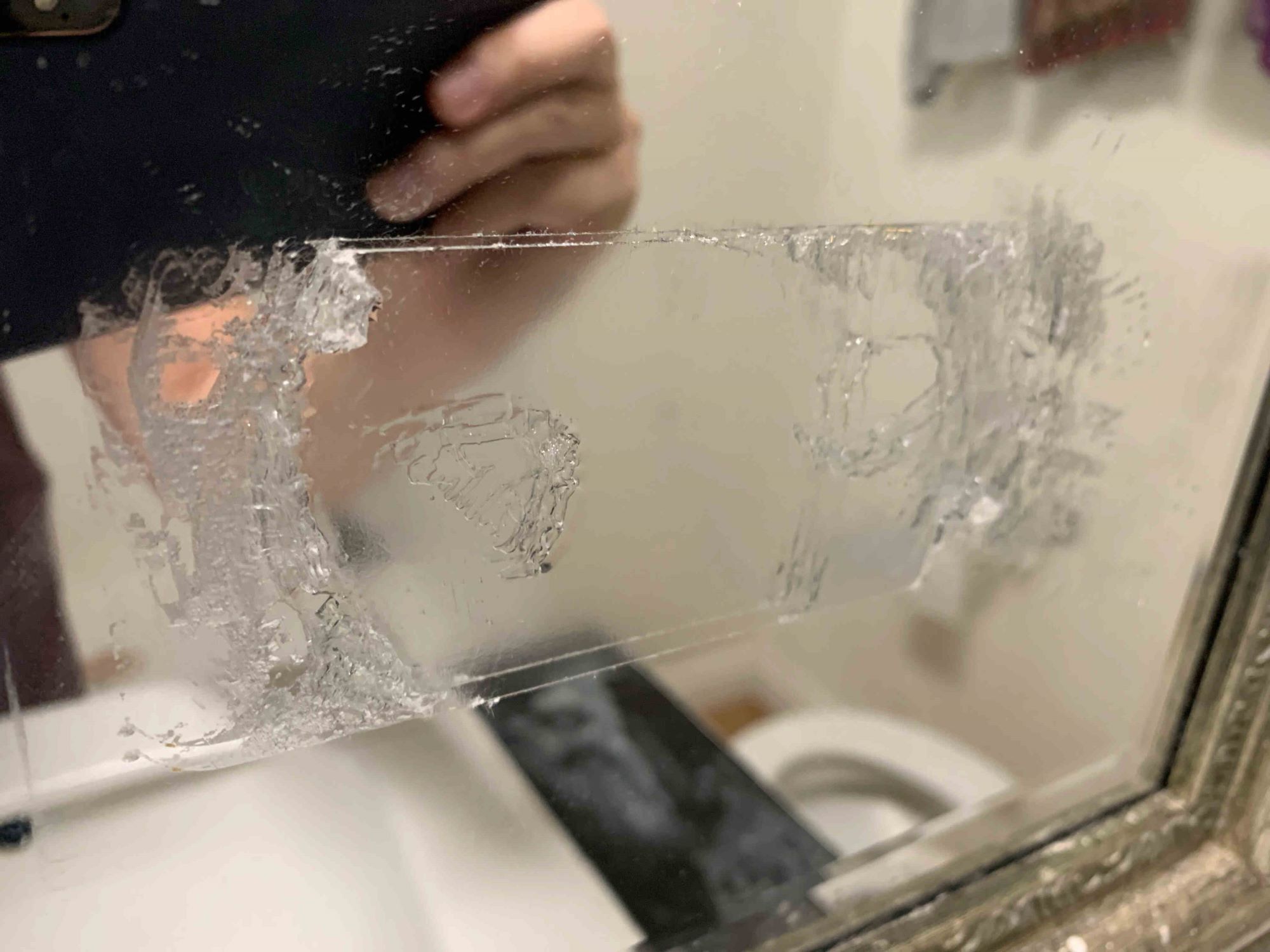
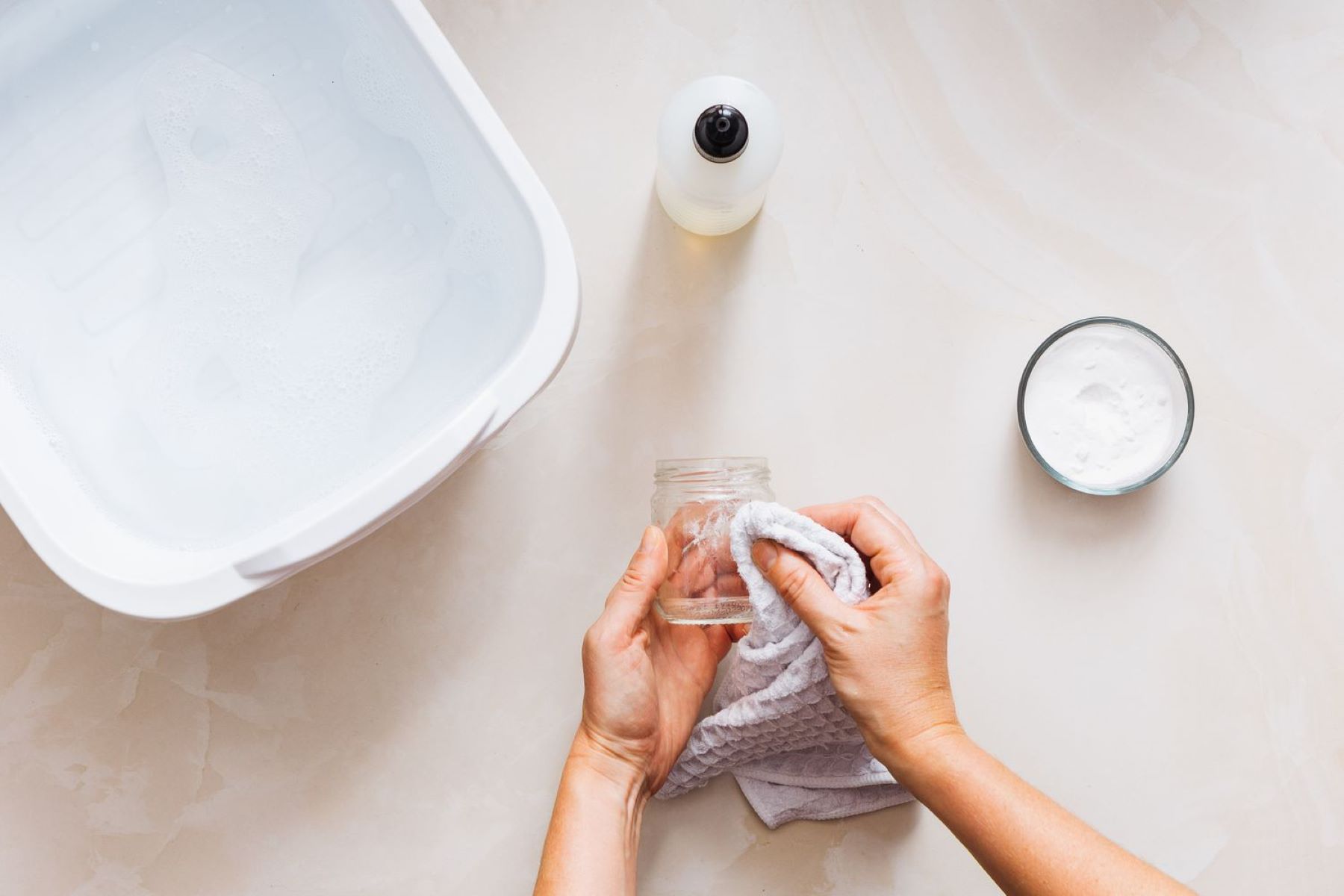
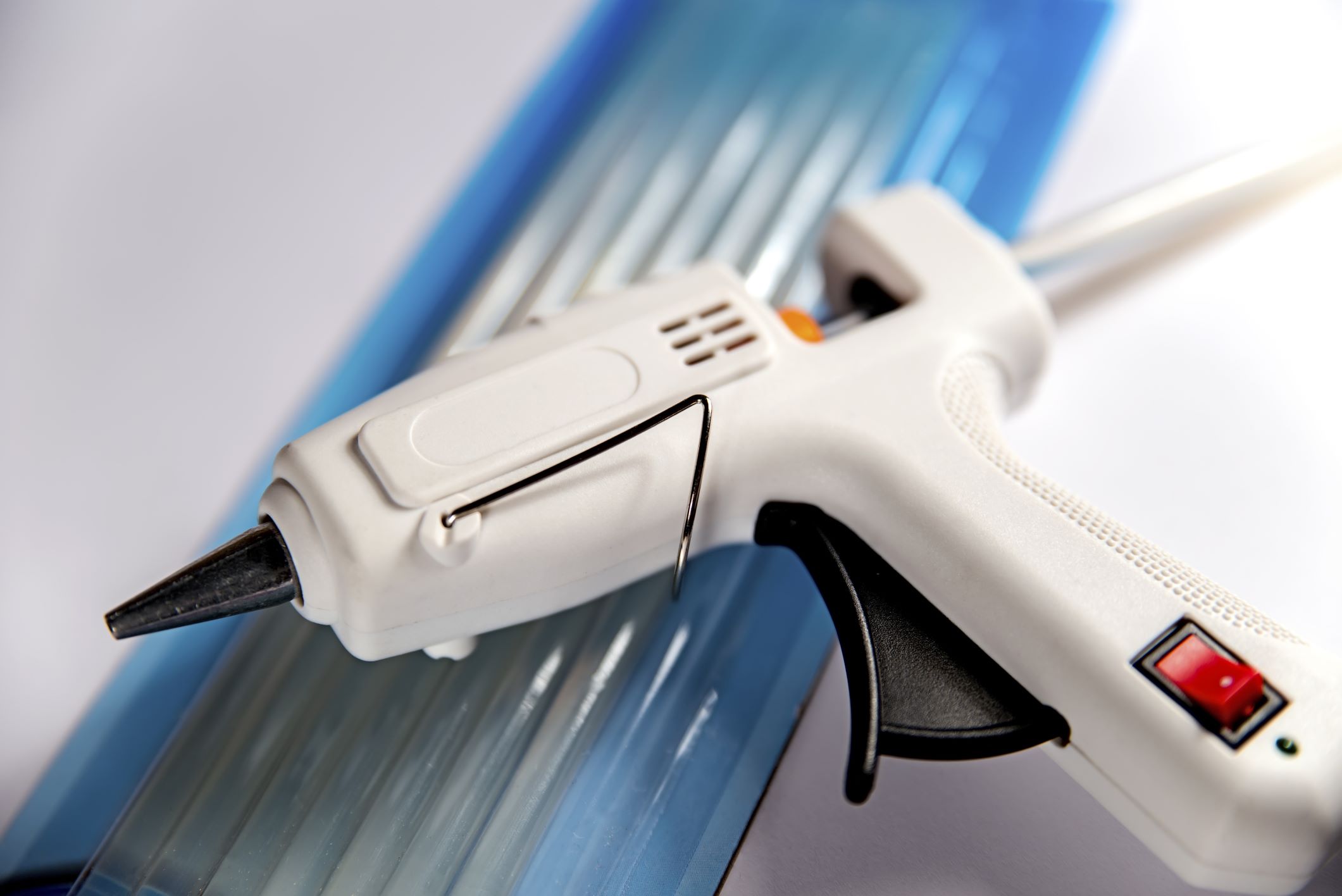
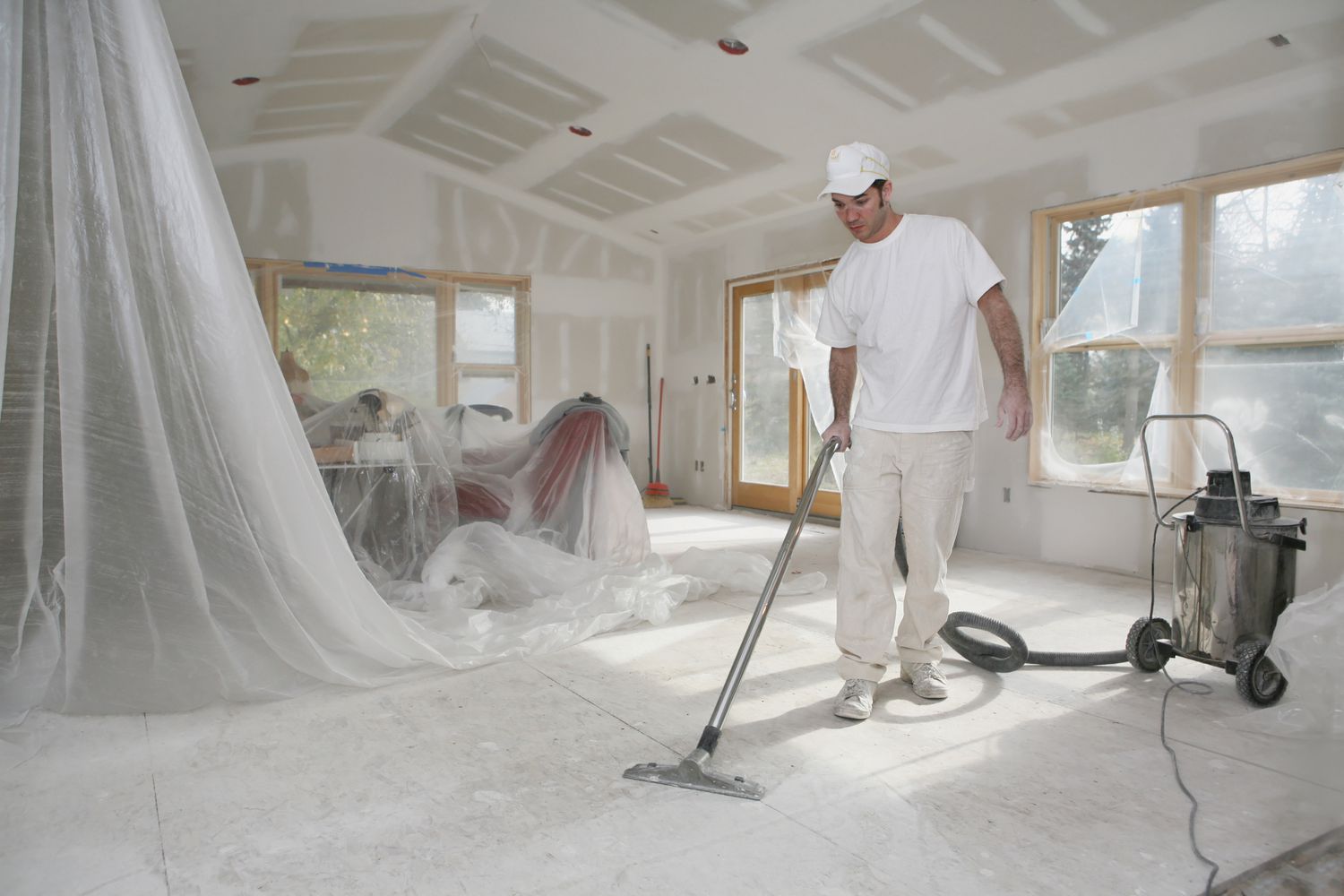
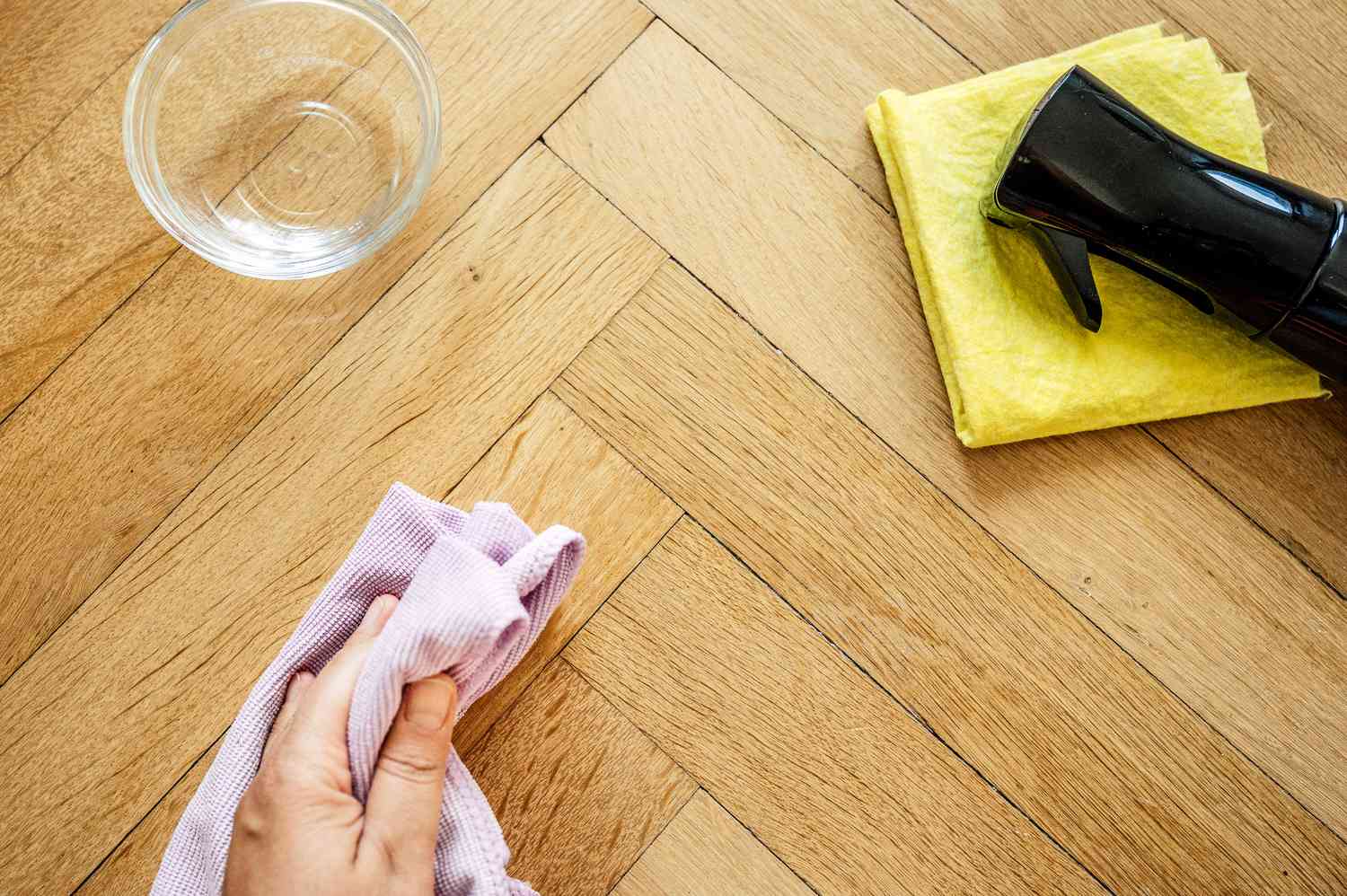
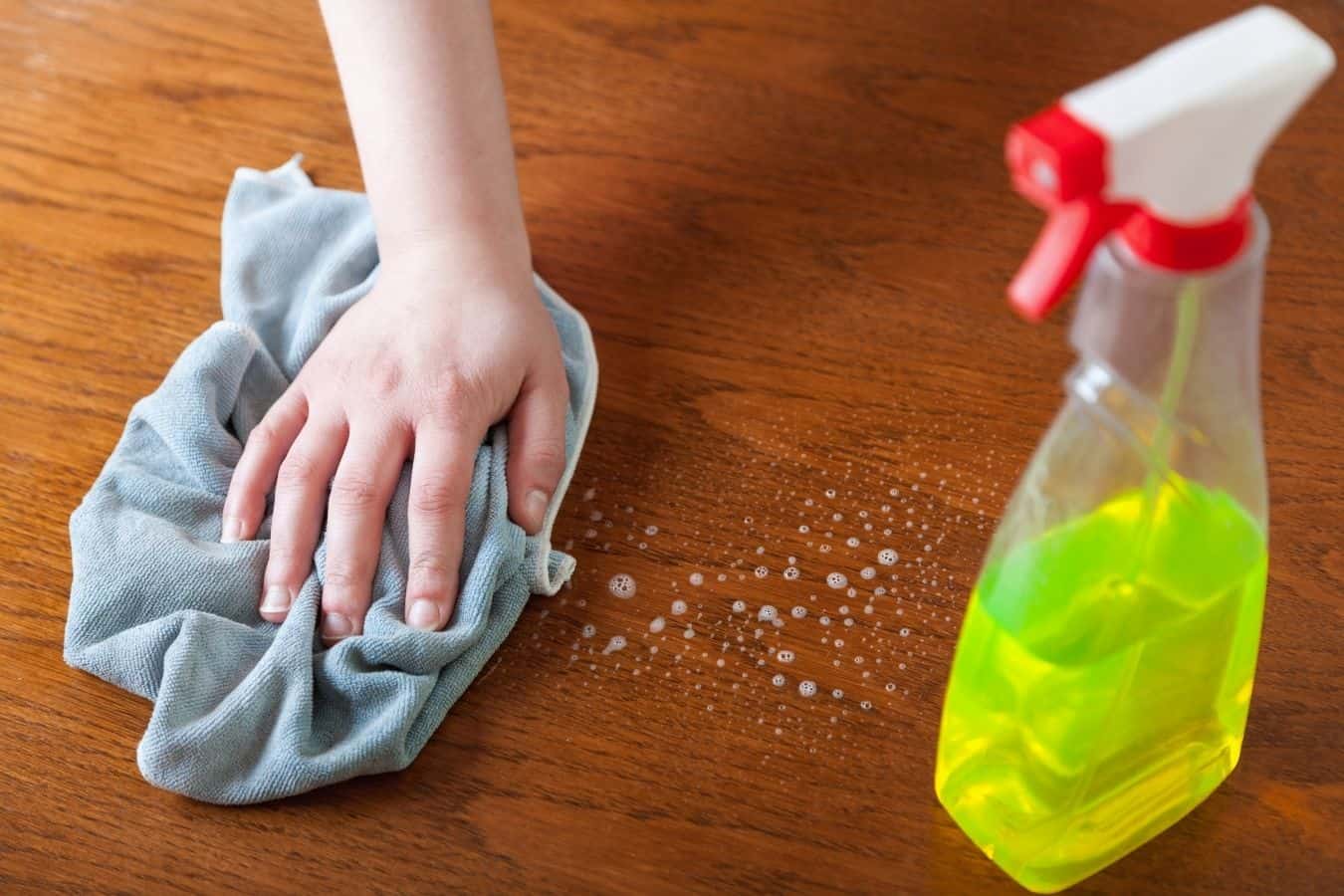
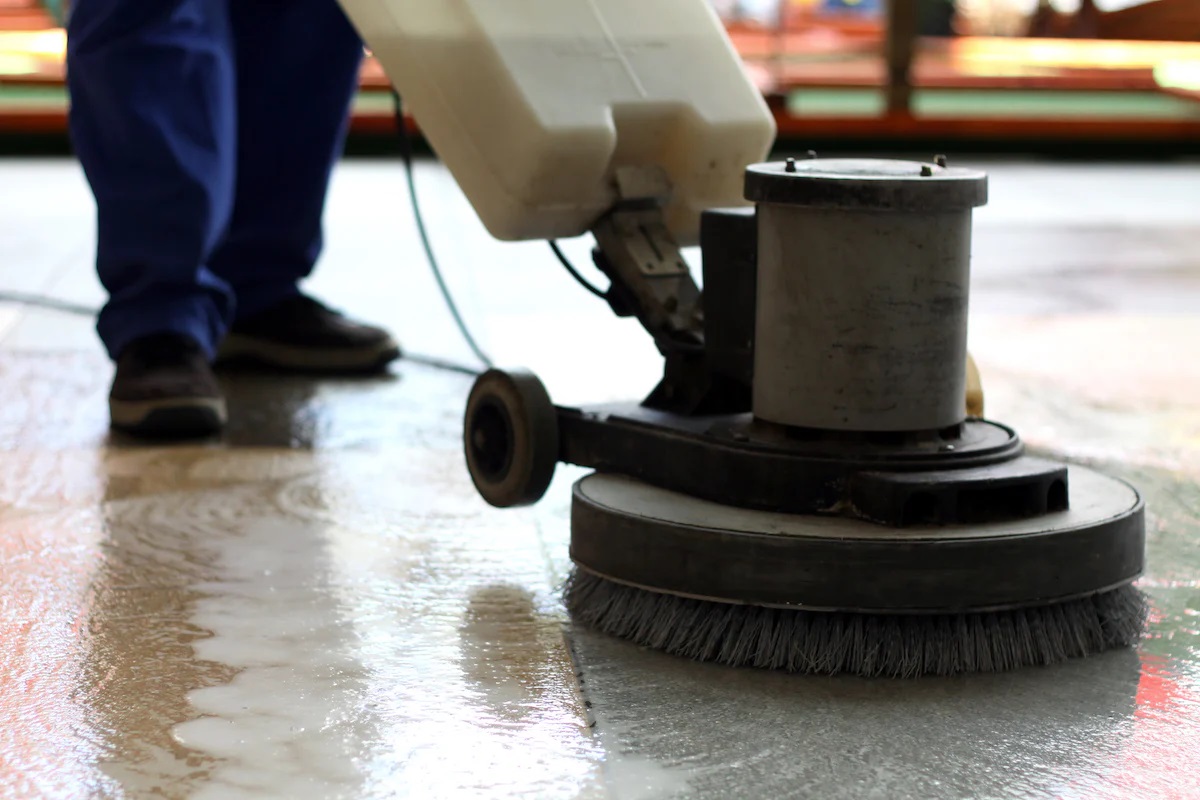
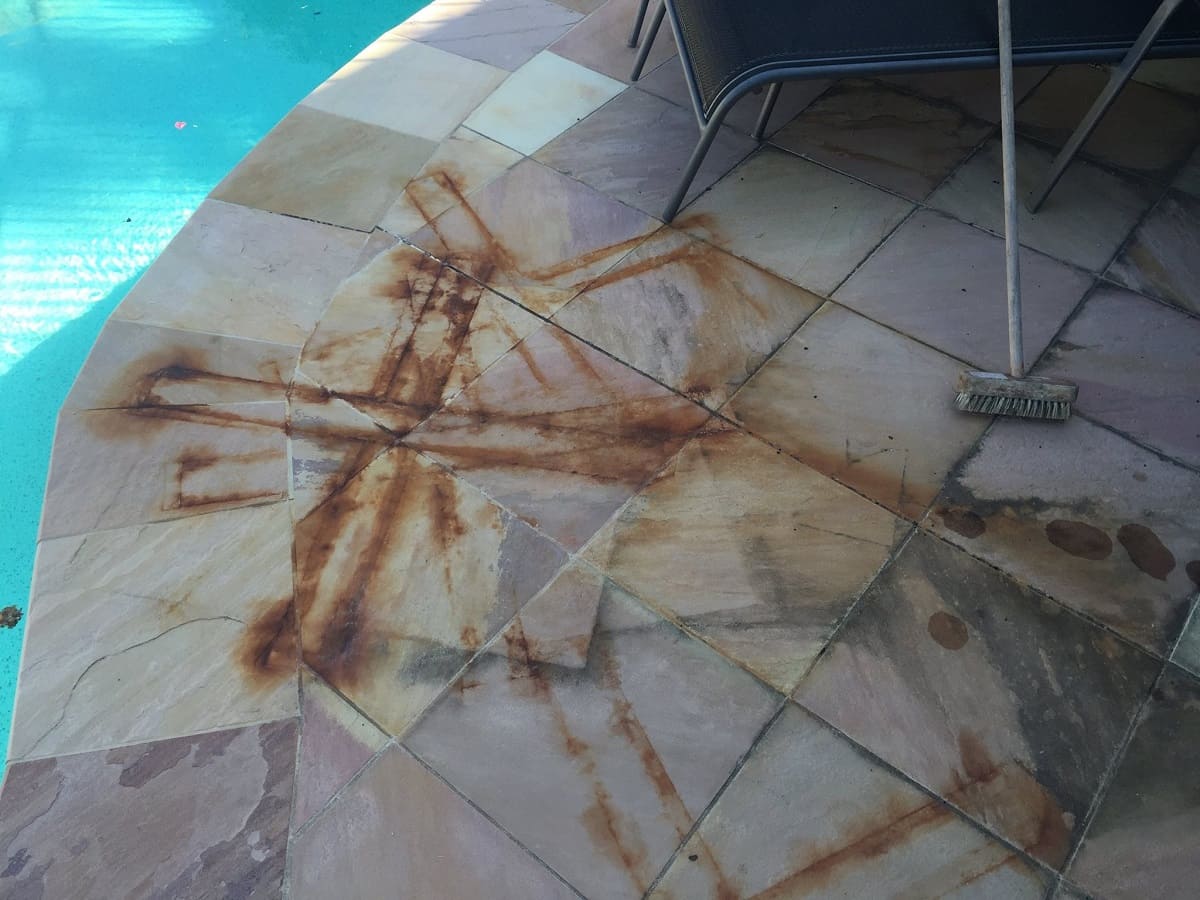
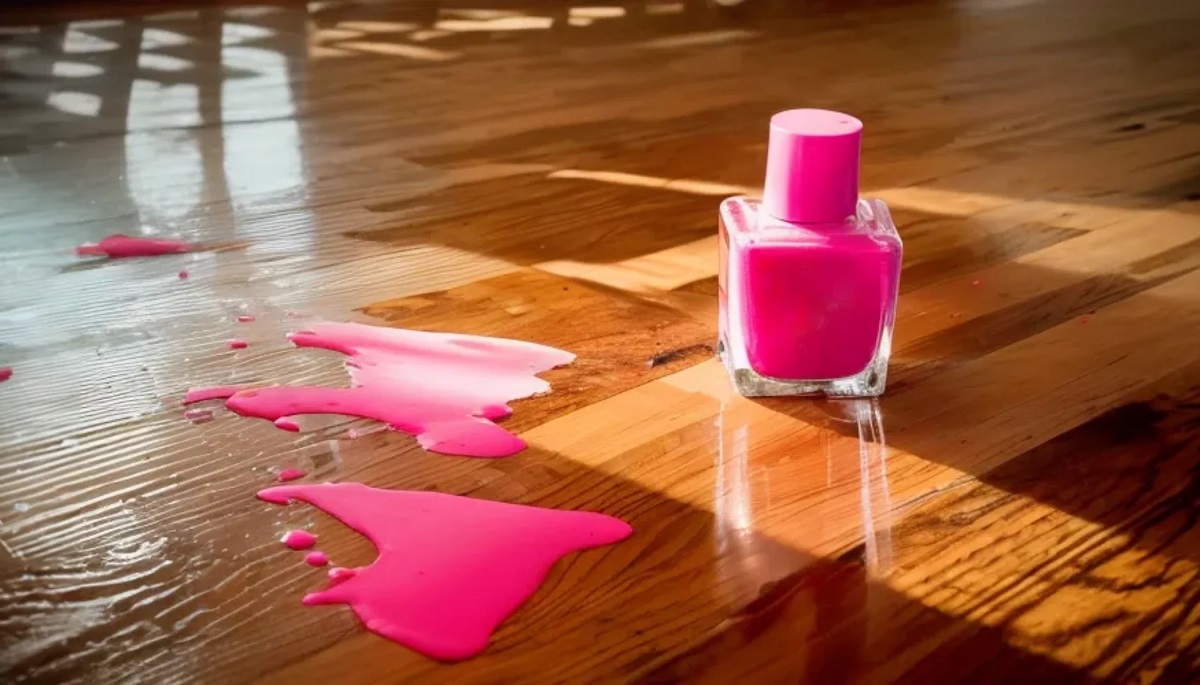
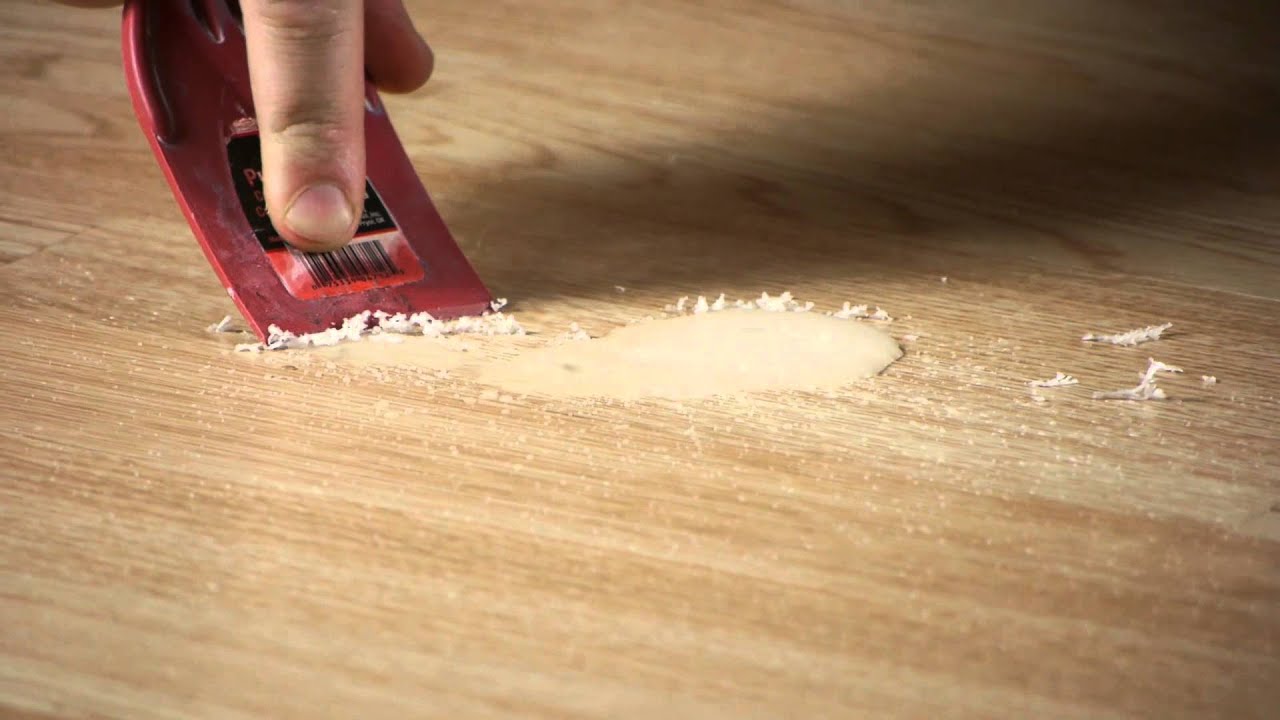
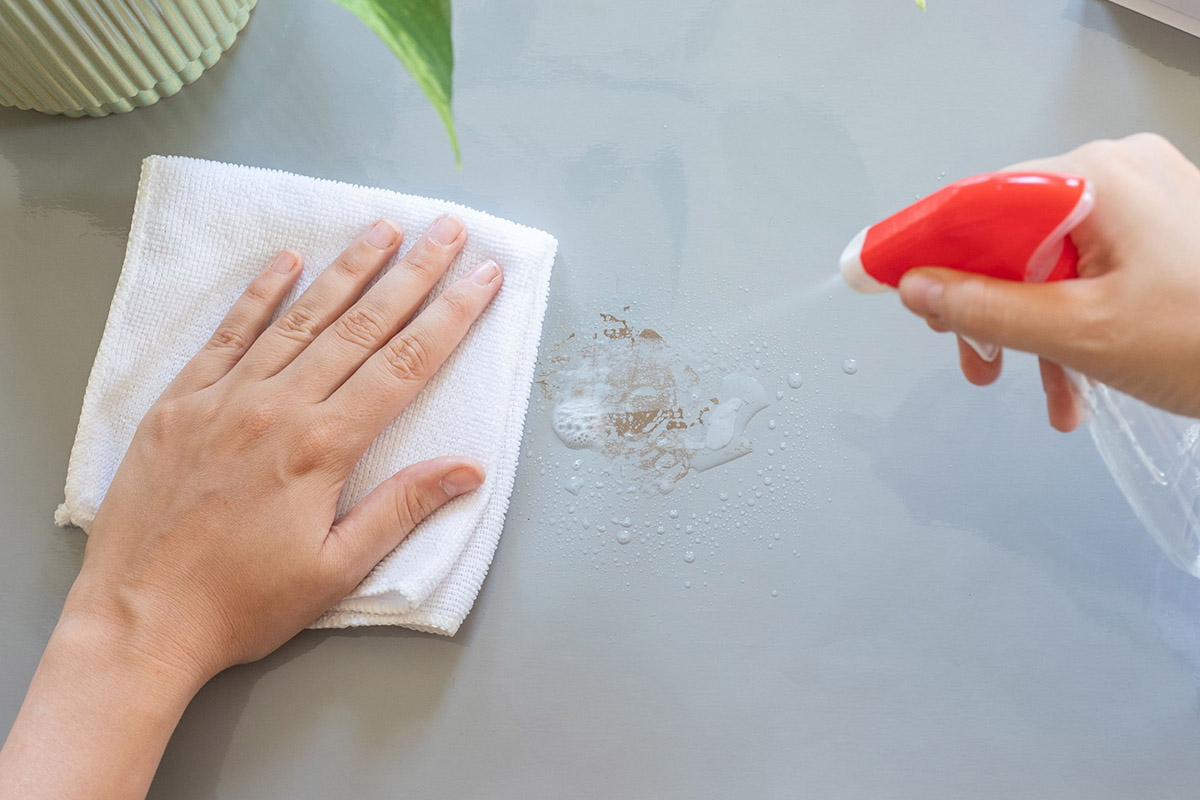
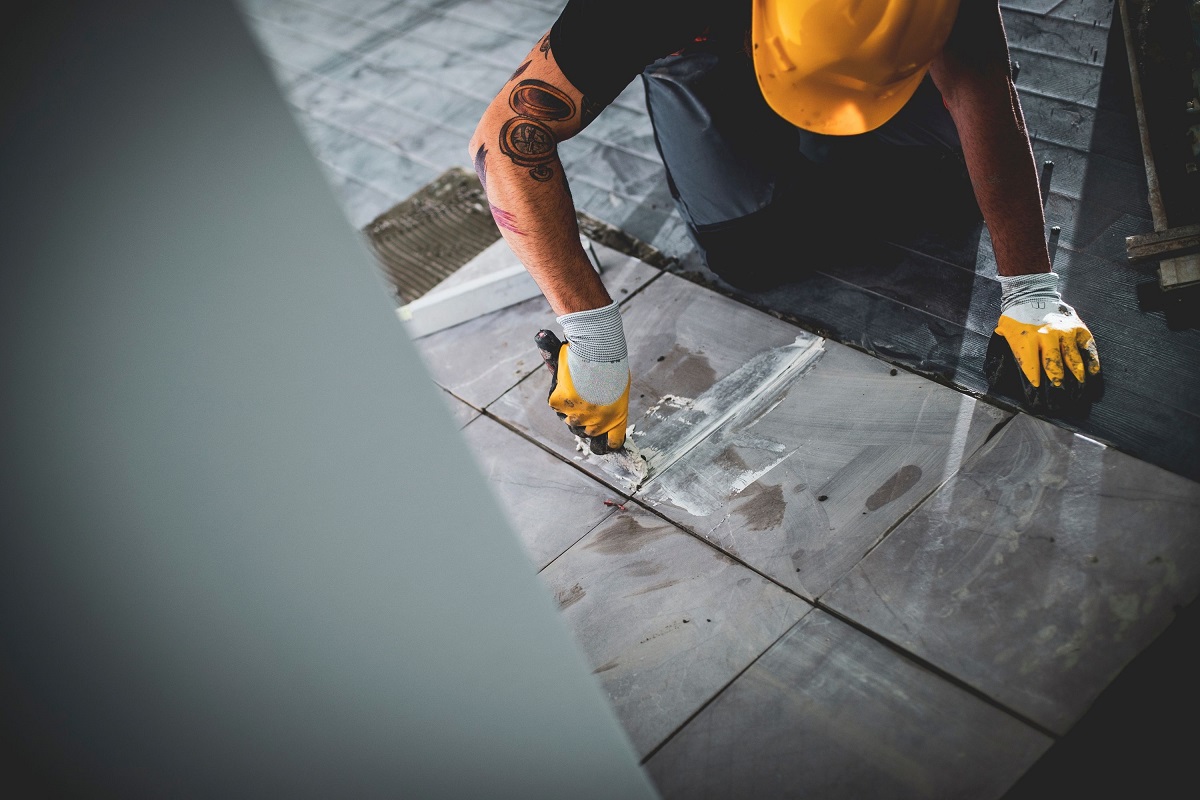
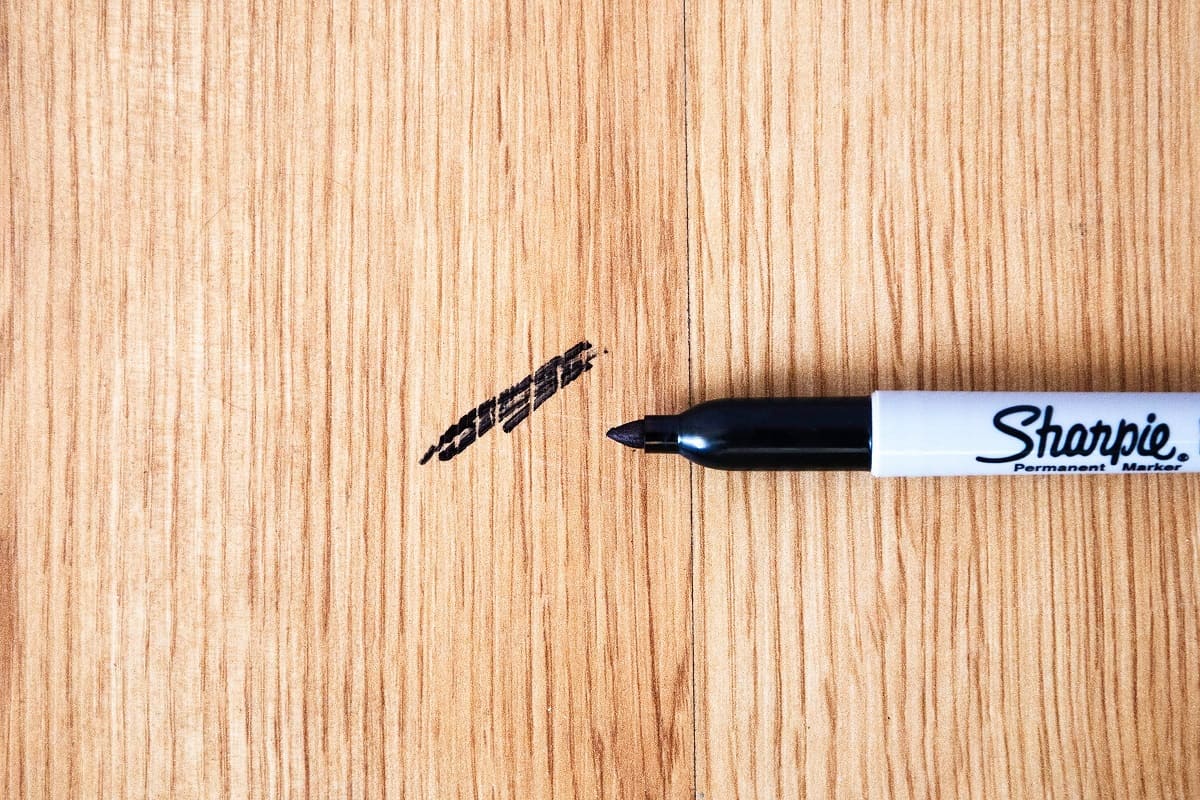
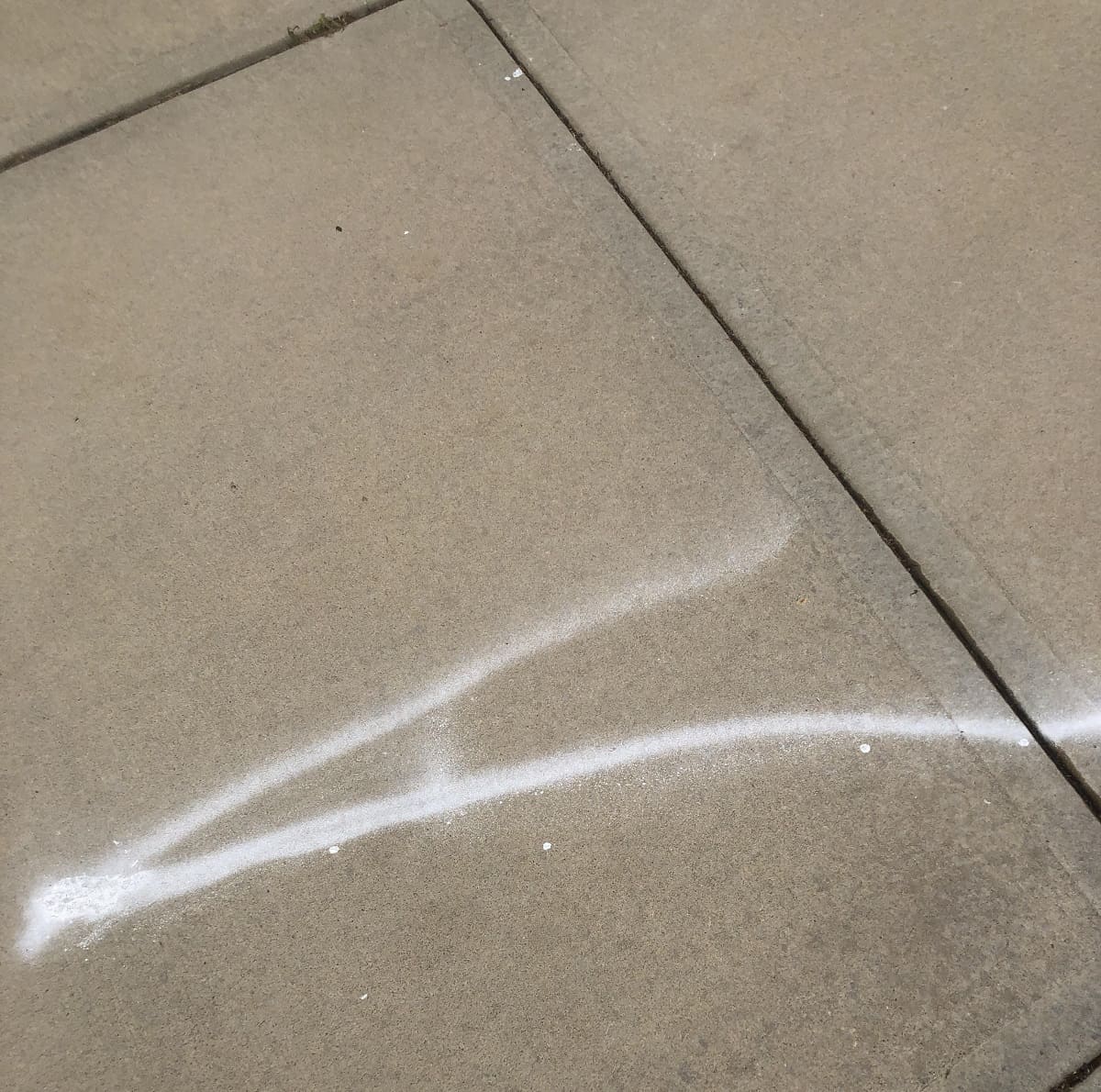

0 thoughts on “How To Get Glue Off Floor”